Social Media News You Need to Know: May 2016 Roundup
May 2016 shall go down in social media history as the month when Instagram rolled out a brand-new, rainbow-hued logo (much to the chagrin of many users).
But that wasn’t all that happened in May. Twitter announced significant changes to its 140-character limit and Facebook made a bunch of changes to its advertising platform Audience Network.
Without any further ado, check out our roundup of all the social media news that’s fit to print for May 2016.
Switched categories in the app store
This month Twitter made a small, but potentially significant move: the app is no longer categorized as “Social Networking” in the iOS App Store. Twitter can now be found in the “News” app category instead.
Connect tab
On May 3, Twitter introduced the Connect tab, which will provide users with a detailed list of people and accounts that Twitter thinks they’d enjoy following. Ricardo Castro, product manager, explained in the announcement blog post: “To give you the best recommendations—which we’ll continue to refine over time—we look at who you already follow, Tweets you like, popular accounts in your local area, what’s happening in the world right now, and more. We’ll also let you know exactly why we’re showing you each recommendation.”
The Connect tab also gives users the option to automatically sync their address book to find people they already know on Twitter. The Connect tab is available on iOS and Android.
Tried the Connect tab yet? Tap, find and follow the best accounts just for you. 👇 pic.twitter.com/kdyf21MfQ8
— Twitter (@twitter) May 6, 2016
Ads in embedded timelines
On May 17, Twitter added the ability for publishers to run ads in embedded timelines. The beta test allows publishers to display MoPub ads directly in Twitter Kid timelines on both iOS and Android. Mollie Vandor, senior product manager, explained in a blog post: “This doesn’t just open up a new canvas for you to monetize; we’ve also taken care of all the ad rendering, so you don’t have to worry about performance or how to display the ads.” Publishers could previously run ads on the same page, but not within the embedded timeline itself. Ads will match the theme and color preferences set by each publisher in Twitter Kit.
Announcing a new way to monetize your app with @mopub + Twitter Kit. https://t.co/FQPSB39qUE pic.twitter.com/Tj4WYazcyB
— TwitterDev (@TwitterDev) May 17, 2016
Express more in 140 characters
On May 24, Twitter announced several changes to what counts towards users’ 140 characters. Changes include:
- In the case of replies, @names will no longer count as characters. Note that this is only in replies—@names still count as characters when used as mentions in regular Tweets.
- Media attachments—photos, GIFs, videos, polls, or Quote Tweets—will no longer count as characters.
- Users can now Retweet and Quote Tweet themselves.
- Now regular Tweets (not replies) that begin with @names will appear in users’ main feed, eliminating the need for the “.@” convention.
The updates will be available “over the coming months.” We wrote about why Twitter’s latest changes are a bigger deal that you think.
In the coming months, we’re introducing new ways for you to express even more with a Tweet: https://t.co/l1sWRvXWqr pic.twitter.com/zzhWpRcABs
— Twitter (@twitter) May 24, 2016
Discovery tool for Groups
Fast Company reported that Facebook is piloting a new Groups Discover tool, which “makes it easier for users to find new Groups to join, based on their interests.” With the feature, users can browse both public and closed Groups by category. Admins of private Groups will be able to decide whether their Group appears in the Discover tool. In addition to browsing by category, users can also look for Groups that their friends belong to or ones that are geographically near them. The feature is rolling out on iOS and Android in the U.S.
Image via Fast Company.
New ad options
On May 10, Facebook added new ad options. They expanded functionality for Dynamic ads (adding the ability to create Dynamic ads for travel) and added advanced capabilities to Custom Audiences from websites. The Custom Audience updates will allow advertisers to “differentiate between and connect with visitors who display different types of behaviors on their website.” New targeting options include: frequency, time spent (taking a particular action, such as exploring a site or viewing a specific page), dynamic date, aggregated values, and devices.
Image via Facebook.
Video adverts included in Audience Network
On May 16, Facebook extended the Audience Network to include videos from advertisers. The Facebook for Business blog post explained: “Now, in addition to watching these videos on Facebook and Instagram, people will view them in the other apps and sites where they spend their time.” The Audience Network will deliver ads in two formats: in-stream and in-article. In-stream video ads will play before, during, or after video content in third-party apps and on mobile and desktop sites (see example below). In-article video ads will appear within the mobile pages of publishers and will autoplay when at least half of the pixels are viewable and viewers must opt-in for sound.
Changes to Audience Network
On May 26, Facebook announced changes to expand the reach of the Audience Network. The change means the Audience Network can “show Facebook-powered adverts to people who don’t have Facebook accounts.” It will also help advertisers “measure the results of their campaigns more extensively and provide people with greater control over the adverts that they see.”
The announcement blog post explained: “These changes enable businesses to connect with more people who may be interested in their products and services, while helping to make adverts better for people. Businesses will not need to take any action when creating adverts or campaigns to take advantage of this extended reach.”
Image via Facebook.
Videos in comments
On May 17, Venture Beat reported that Facebook is experimenting with adding videos in comments. In select (unspecified) countries, some users have the ability to post a clip to respond to a status update. A spokesperson told Venture Beat that the test is part of an effort to “give people different tools to share fun, expressive content with their friends on Facebook.” Facebook says that videos in comments will function the same as videos published as main posts. They won’t auto-play. The test applies to Facebook’s iOS and Android apps as well as on the web.
You can now add #video to comments on #Facebook posts! pic.twitter.com/ZIeKJvQQPj
— The Deli Agency (@TheDeliAgency) May 17, 2016
New logo and design
On May 11, Instagram introduced a brand new logo and app design. The new logo retains the camera, but simplifies the design and lays it over a rainbow gradient. Instagram also updated icons for the rest of its family of apps: Layout, Boomerang, and Hyperlapse. The announcement blog post explains: “Our updated look reflects how vibrant and diverse your storytelling has become.”
Instagram’s head of design did a deep dive into the inspiration behind change on Medium.
A video posted by Instagram (@instagram) on May 11, 2016 at 6:51am PDT
New analytics
On May 11, the Later Blog shared screenshots of Instagram’s new analytics, which is still being tested. The new analytics, similar to Facebook Insights, provides data about things like followers, when they’re online, and how many people viewed a post.
Image via Later Blog.
Video carousel ads
At the end of May, Instagram introduced the ability to add video to carousel ads. Advertisers on Instagram can now share a mix of three to five static images and video in the swipeable format. Instagram explained in an announcement blog post: “Adding video to your carousel ads gives customers a richer understanding of your business, product, or app.”
Because video carousel ads are also available on Facebook, advertisers can run ads seamlessly across both platforms.
Dynamic ads
Mid-way through May, Instagram announced that Dynamic ads are now available on the platform. The blog post explained: “With new dynamic ads on Instagram, you can promote relevant products to shoppers who have browsed your website or mobile app—driving greater product demand and sales where people spend their time.”
If someone visits an advertiser’s website, then visits Instagram, “they’ll be served an ad featuring multiple, related products from ones they were browsing on [the] site or app.”
New Partner Program speciality
At the end of May, Instagram introduced a new specialty to their Partner Program: Media Buying. The Instagram Partner Program, introduced last year, gives advertisers the opportunity to “tap into a set of vetted experts to get help driving business on Instagram.” The partners for Media Buying are SocialCode and Resolution Media.
The new speciality joins Instagram’s existing roster of Ad Tech, Community Management, and Content Marketing. The Media Buying specialty is currently only available in the U.S. “but will expand to new countries in the future.”
Image via Instagram.
Affiliate links allowed
On May 12, Pinterest announced that they now allow affiliate links. Adelin Cai explained in the blog post: “We understand that businesses and bloggers need a sustainable way to keep making great content. That’s why we’ve decided to allow affiliate links on Pinterest.”
Pinterest had previously removed affiliate links from the site because of abuse from spammers. The network said it’d roll out affiliate networks “over the coming weeks.”
Image via Pinterest.
YouTube
Native sharing
On May 11, Wired reported that YouTube is testing a chat feature. Referred to as “native sharing,” the feature allows users to chat about a shared video—and reply with another video—inside YouTube’s mobile app. The conversation threads will live in a new tab on YouTube’s mobile app. Shimrit Ben-Yair, director of product management at YouTube, told Wired that the feature was designed to improve and increase sharing. It is already live for a small percentage of YouTube users who can spread it to their friends by inviting them to conversations.
Image via Wired.
YouTube VR app for Daydream
On May 19, YouTube announced that a new YouTube VR app for Daydream, Google’s platform for high-quality virtual reality on mobile. The app, which was developed “to provide an easier, more immersive way to find and experience virtual reality content on YouTube,” includes all of the platform’s usual features, such as voice search, discovery, and playlists. Users will be able to see all of YouTube’s content on the app, including 16×9 videos, 360-degree footage, and VR in full 3D.
Image via YouTube.
New ad tools
On May 16, LinkedIn rolled out new ads tools and features in Campaign Manager.
Users will be able to restart and archive completed campaigns, save targeting templates for reuse on other campaigns, and increase ad limits for campaigns. They’ll also be able to take social actions on Sponsored Content, such as like comments. LinkedIn is also adding a new targeting option under the ‘Audience’ tab for “years of experience.” This feature will be available in June.
Image via LinkedIn.
Snapchat
One-handed zoom
On May 9, Snapchat introduced the ability to zoom in with one hand. Snapchatters can now zoom by dragging a finger up and away from the capture button. Previously, users had to use two hands: one on the capture button and the other to make make pinch gesture to zoom.
About effing time!!! pic.twitter.com/aObq84xop5
— Raymond Wong (@raywongy) May 9, 2016
Algorithm rumored
On May 18, Digiday reported that Snapchat is developing an algorithm. Snapchat users currently see all of the posts from all of their Snap Friends. An algorithm could be used to curate content from publishers and brands.
Garett Sloane wrote on Digiday: “It’s unclear when it would implement the changes, but publishing sources said Snapchat has been discussing an algorithm that would affect professional accounts since the beginning of the year.”
Sources: Snapchat will soon have an algorithm. https://t.co/23iqtiD4tZ
— Digiday (@Digiday) May 18, 2016
Tumblr
GIF post and GIF text
On May 17, Tumblr rolled out GIF posts and the ability to write on GIFs. Now a yellow button denotes the ability to create a GIF post (alongside options such as photo post and quote post). Tumblr also introduced the option to add text to GIFs. The new feature offers three different fonts, “infinite” font sizes, and a range of colors. The features are available on iOS and “Android will be right behind.”
Image via Tumblr.
Periscope
Broadcast search, drones, and save
On May 9, Periscope made several announcements. Users will be able to search for broadcasts by title or topic. The search function will also display a list of suggested topics to search for, including #Travel, #Music, and #Food.
Users can now broadcast from a drone, as well as switch back and forth between drone, iPhone, and GoPro footage. This feature is available to iPhone users with a supported DJI drone.
Lastly, Periscope rolled out a public beta giving users the opportunity to save broadcasts and keep them beyond 24 hours. The announcement blog post explained: “Soon, your broadcasts will be automatically saved on Periscope and Twitter with comments and hearts.”
Broadcast from a bird’s eye view with drones! Available on iOS soon.https://t.co/J3GfdW4JRX
— Periscope (@periscopeco) May 9, 2016
Keep up with all the latest social news by using Hootsuite to keep track of all the accounts you follow. Sign up for free today!
The post Social Media News You Need to Know: May 2016 Roundup appeared first on Hootsuite Social Media Management.
Social Media News You Need to Know: May 2016 Roundup

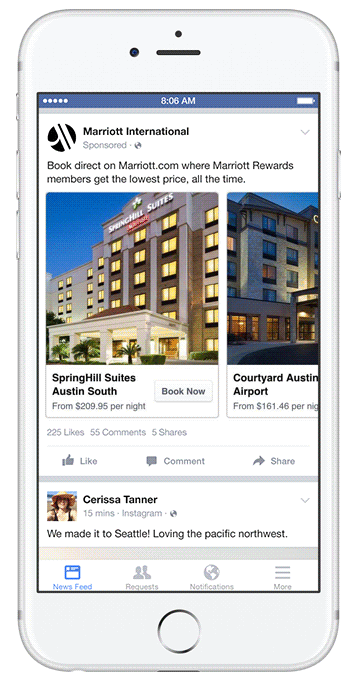

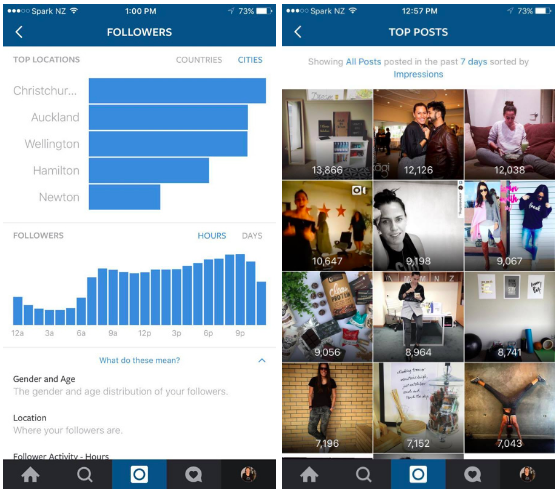

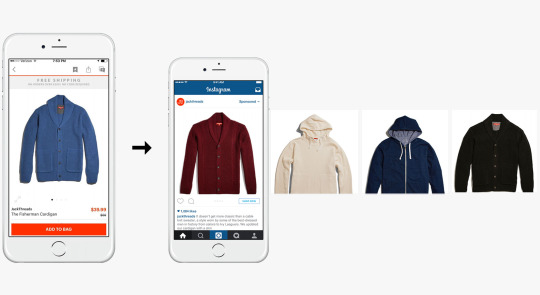




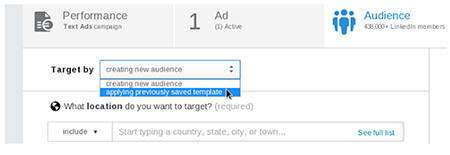
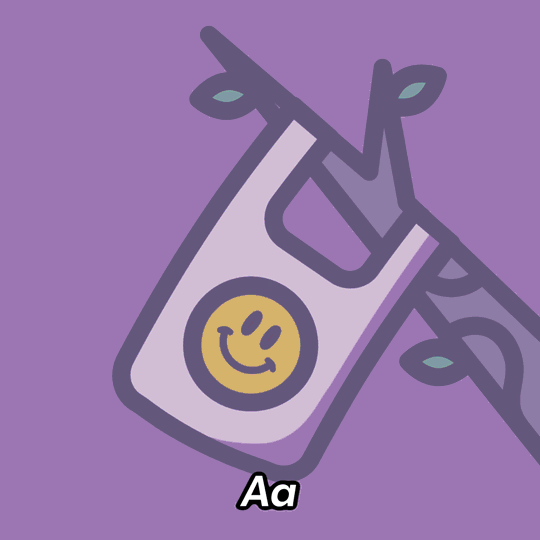
Comments
Post a Comment